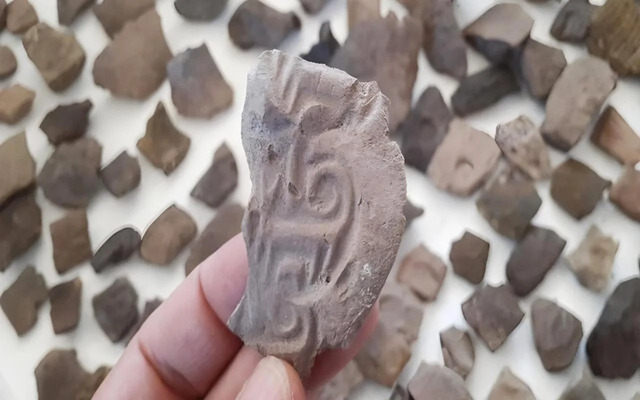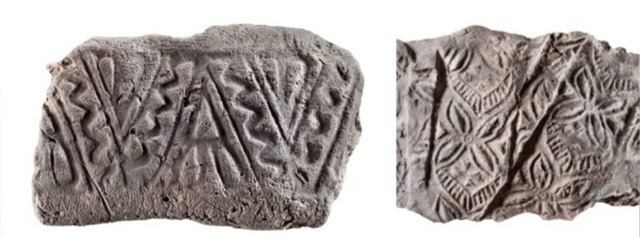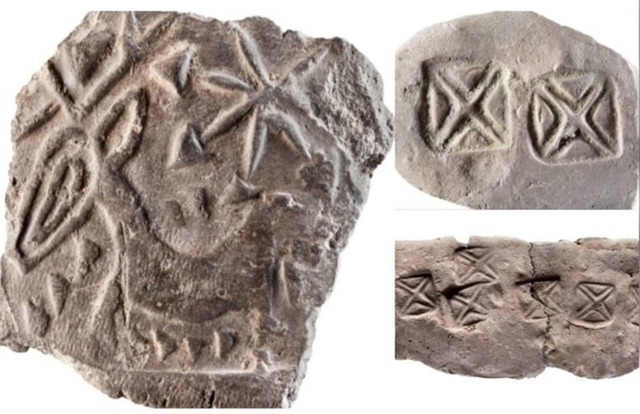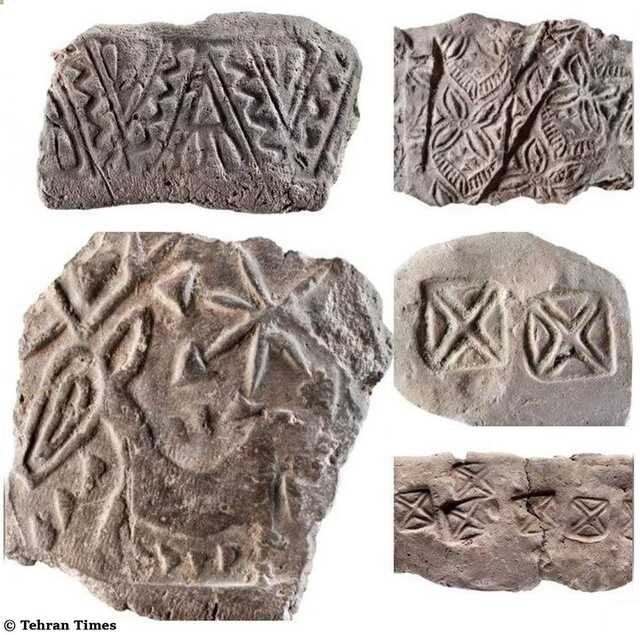Archaeologists in Iran have uncovered a staggering 4,000 ancient clay seals at the site of Tappeh Teleneh in the Kuzaran district of Kermanshah province. Dating back 5,000 years, these seals provide unprecedented insights into early trade and administrative systems, shedding light on how ancient societies managed commerce and resources. This discovery marks a significant milestone in understanding the economic and cultural connections of early civilizations in the region.
Historical Context of Tappeh Teleneh
Tappeh Teleneh, located in western Iran, has long been a site of archaeological intrigue. First identified in 1998, the area gained renewed attention with the start of intensive excavations in 2020. Situated in the Kuzaran district of Kermanshah province, Tappeh Teleneh lies within a region historically known for its strategic importance in trade and cultural exchanges.
Kermanshah itself has a rich history, dating back to the Sasanian dynasty in the 4th century CE. The region’s role as a hub of economic activity, coupled with its proximity to Mesopotamia, made it a critical point of interaction between ancient cultures. The discovery of the clay seals adds a new layer of significance to Kermanshah’s already impressive historical narrative.
Details of the Clay Seals
The 4,000 clay seals uncovered at Tappeh Teleneh are categorized into several distinct types, each serving a specific function. Among the artifacts, archaeologists identified:
- 447 clay locks: Used to secure warehouse doors and protect valuable goods.
- 2,970 vessel seals: Likely employed to mark and identify storage containers.
- 124 sack seals: Indicating that sacks of grain or other commodities were tightly regulated.
- 436 tongue-shaped pieces: These may have had symbolic or administrative roles.
The seals feature approximately 85 distinct impressions, each potentially representing a unique individual, family, or institution involved in trade. These impressions are not merely decorative; they are a testament to the complexity of early economic systems and the meticulous record-keeping that supported them.

Economic and Administrative Systems
One of the most intriguing aspects of the discovery is the evidence of early economic and administrative systems. The seals likely formed part of a broader framework for managing goods and inventory, highlighting the sophistication of trade practices in ancient Iran.
The excavation also unearthed counting objects, which may represent an early form of numerical system. These tools would have been used for tracking quantities of goods, making them a precursor to written language and modern accounting practices. The integration of these systems suggests that Tappeh Teleneh functioned not only as a commercial hub but also as an administrative center where economic activities were carefully monitored and organized.
Cultural and Trans-Regional Connections
The craftsmanship of the seals reveals a rich tapestry of cultural and trans-regional interactions. The style and design of the impressions suggest that Tappeh Teleneh was not isolated but was instead deeply connected to neighboring regions, particularly Mesopotamia. This finding aligns with the broader historical narrative of the early Elamite period (5th to 3rd millennium BCE), during which trade and cultural exchanges flourished.
The links between Tappeh Teleneh and Mesopotamia underscore the significance of the site within ancient trade networks. These connections would have facilitated the exchange of goods, ideas, and technologies, further enriching the cultural landscape of the region.
Archaeological Findings at Tappeh Teleneh
In addition to the clay seals, the excavations uncovered a wealth of other artifacts, including pottery fragments and clay animal figurines. These items provide a glimpse into the daily lives of the people who inhabited the area, offering clues about their culture, economy, and social structures.
The seal impressions, in particular, are a treasure trove of information. By studying these designs, archaeologists can piece together the relationships between different regions and the administrative practices that governed trade. The diversity of the impressions also points to the involvement of various groups and individuals, each contributing to the complex web of economic activity at Tappeh Teleneh.

Broader Implications
The discovery of the clay seals at Tappeh Teleneh has far-reaching implications for our understanding of ancient trade and administration. As noted by provincial tourism chief Dariush Farmani, “These seals provide evidence of organized trade systems that date back some 5,000 years, illustrating the role Tappeh Teleneh played in early administrative management.”
Beyond its local significance, the site offers a window into the evolution of economic systems in ancient civilizations. The seals and other artifacts demonstrate how early societies developed methods for managing resources, tracking inventory, and ensuring the smooth flow of goods. These innovations laid the foundation for more advanced systems of governance and commerce.
Future Plans and Excavations
The archaeological work at Tappeh Teleneh is far from over. Future excavations are planned to uncover additional artifacts and expand our knowledge of the site’s role in ancient trade networks. By continuing to study the seals and other findings, researchers hope to gain deeper insights into the cultural and economic connections between Tappeh Teleneh and other regions of ancient Iran and Mesopotamia.

The artifacts unearthed during the excavation will undergo further analysis and preservation. Once this process is complete, they will be housed in archives or museums, ensuring their protection and accessibility for future generations. These efforts will not only honor the legacy of Tappeh Teleneh but also contribute to a broader understanding of human history.
Conclusion
The discovery of 4,000 clay seals at Tappeh Teleneh is a testament to the ingenuity and complexity of ancient civilizations. These artifacts offer a fascinating glimpse into the economic and administrative systems that governed trade 5,000 years ago, revealing the pivotal role Tappeh Teleneh played in early commerce and cultural exchange. As researchers continue to uncover the secrets of this remarkable site, they provide us with a richer understanding of the past and its enduring influence on the present.
